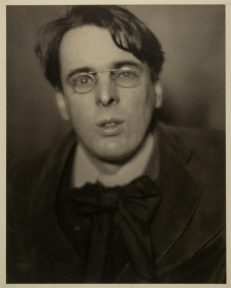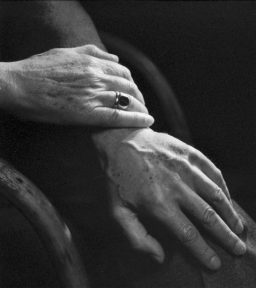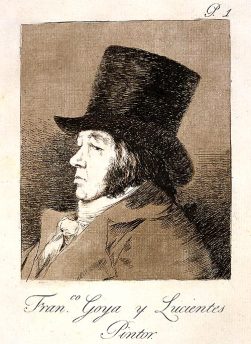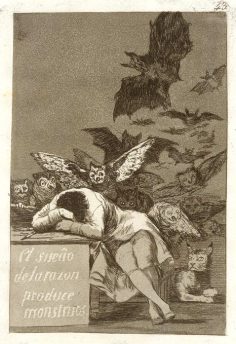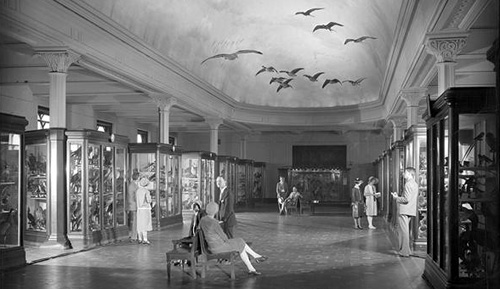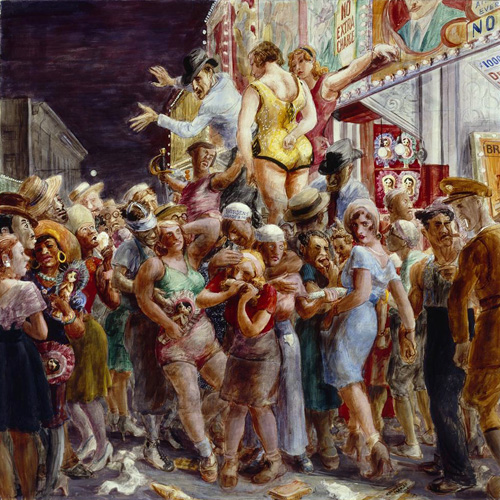
Paul-Émile Bécat, André Gide, 1919, La Bibliothèque de l’INHA-collections Jacques Doucet. Image and original data provided by Réunion des Musées Nationaux / Art Resource, N.Y.; artres.com
The selection of the Nobel Prize winners in literature is enshrouded in mystery–the list of candidates is kept secret for fifty years after each award!
While we’re as much in the dark as to who will win the next prize as anyone else, we can offer a list of all the previous winners, along with links to dozens of their portraits (or, in the case of Thomas Mann, to a photo of his hands) in the Artstor Digital Library.
